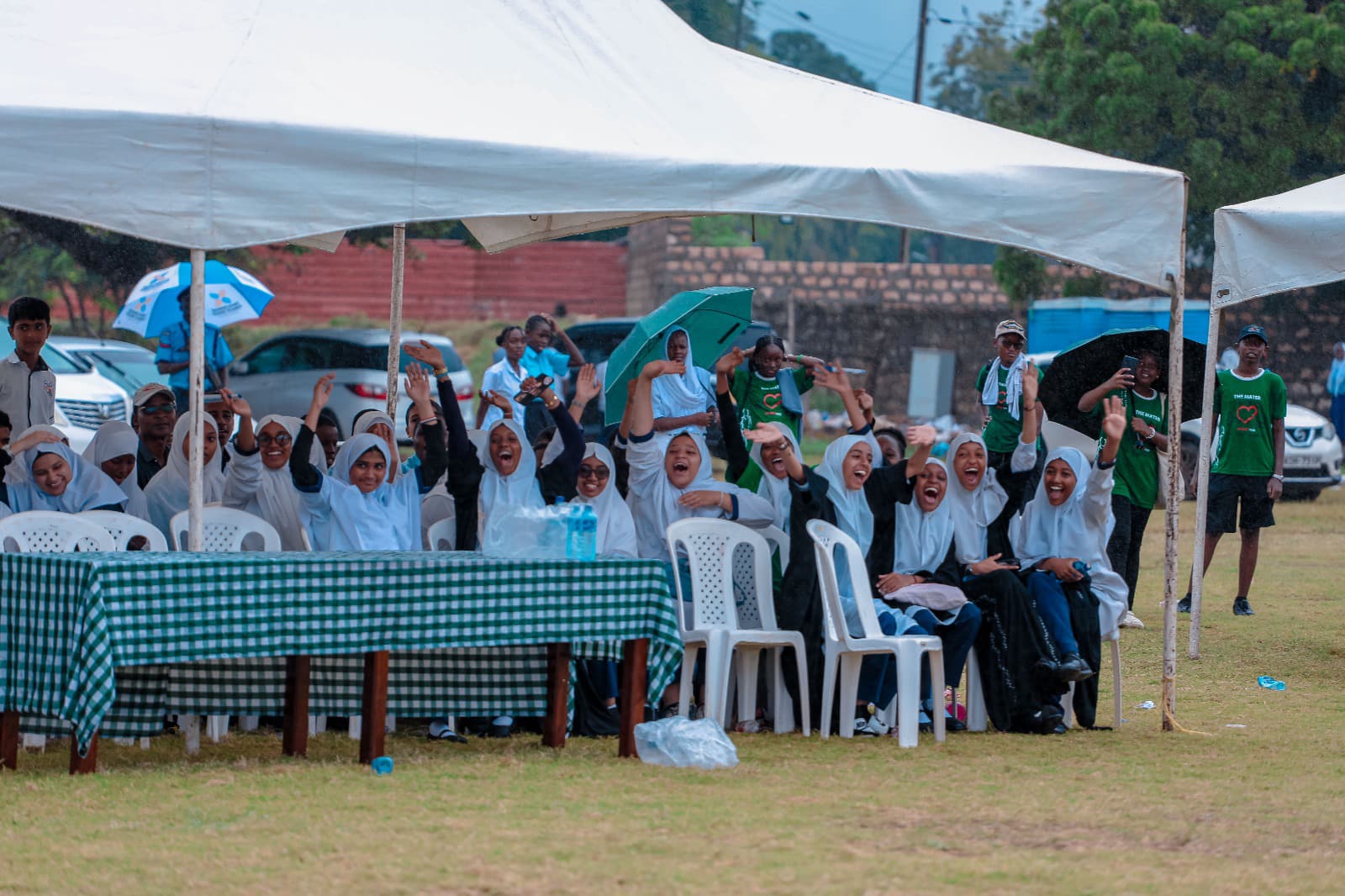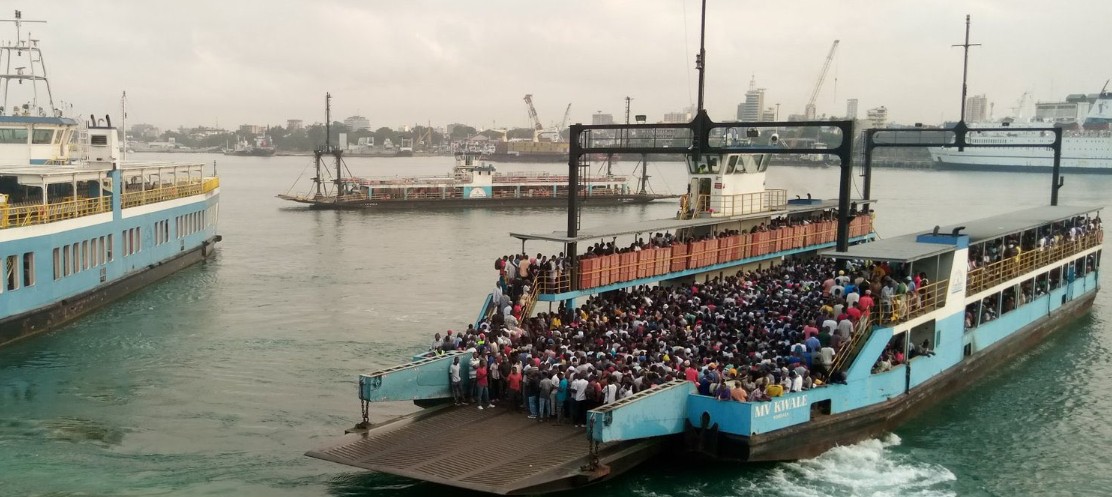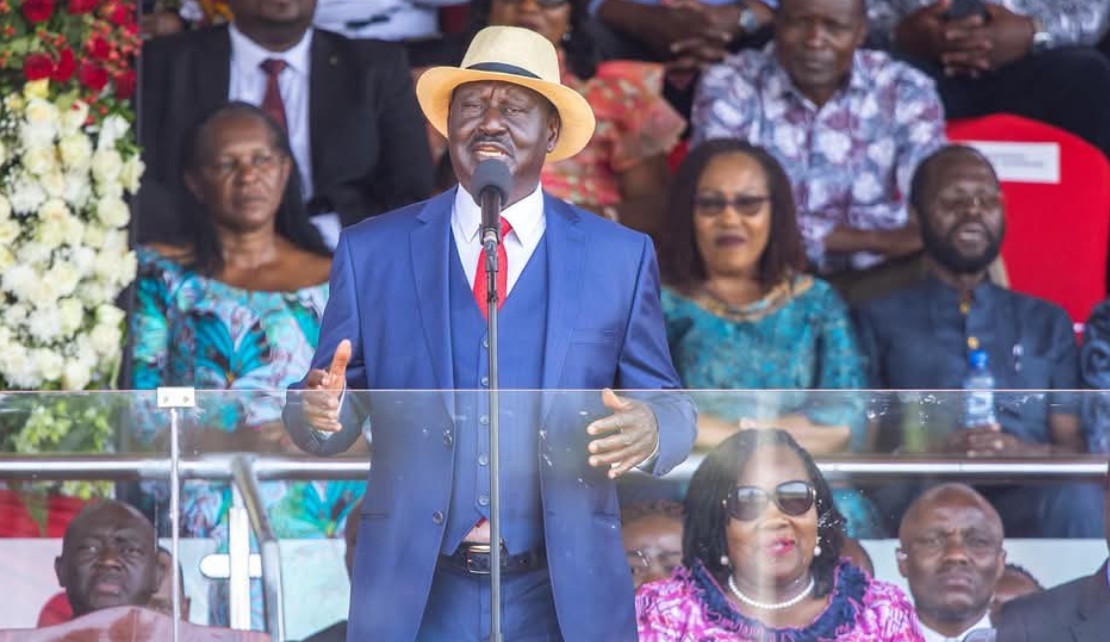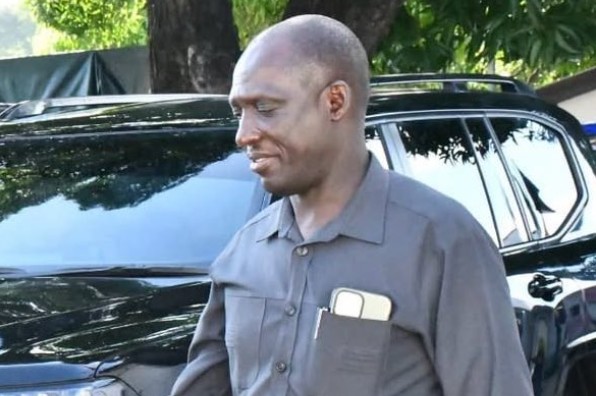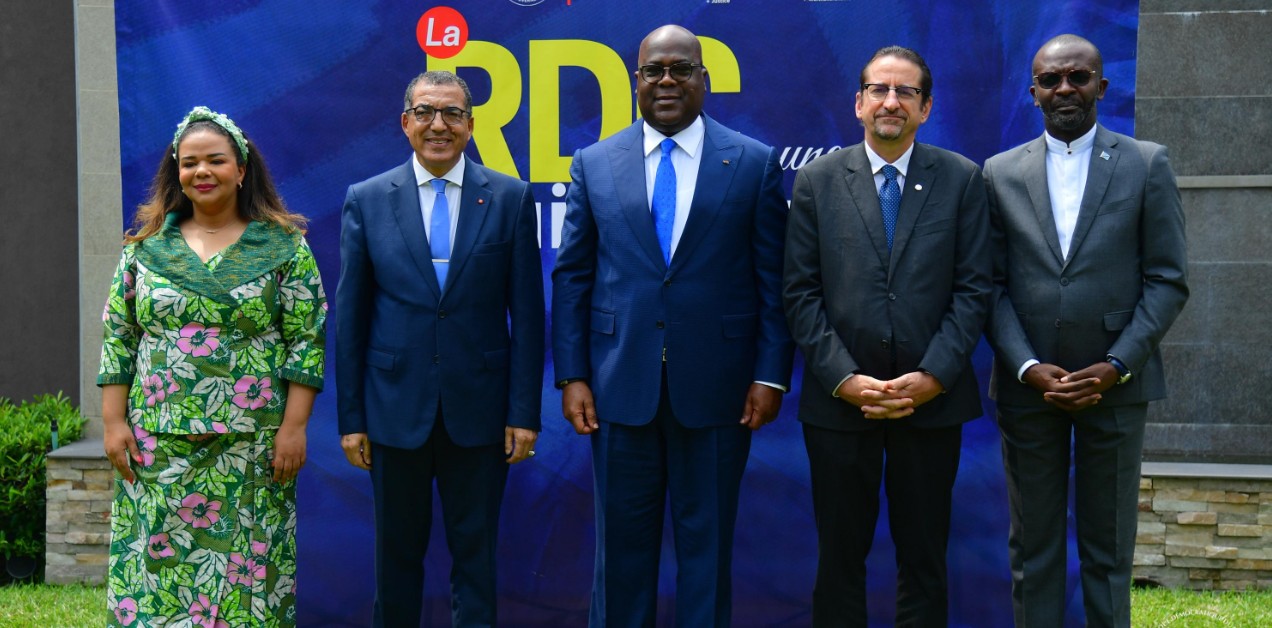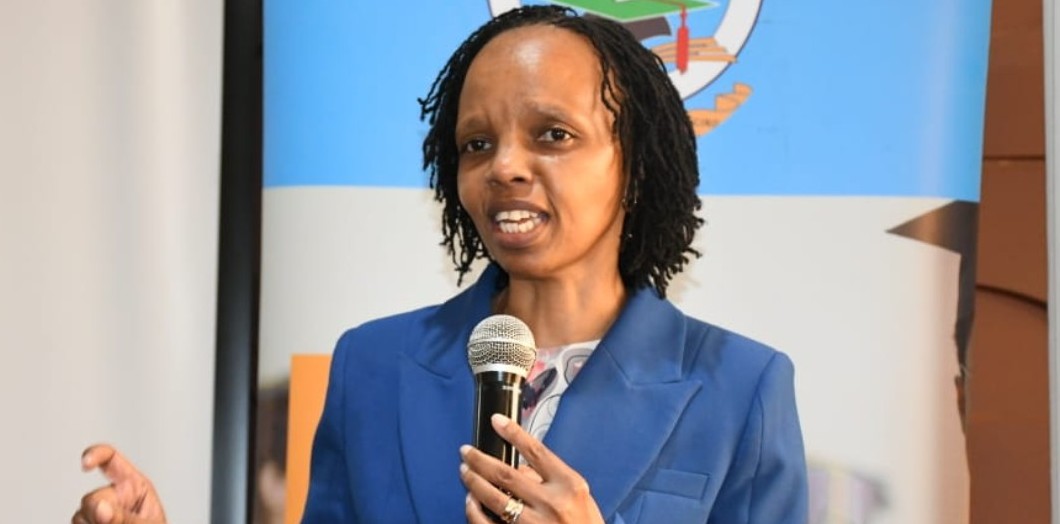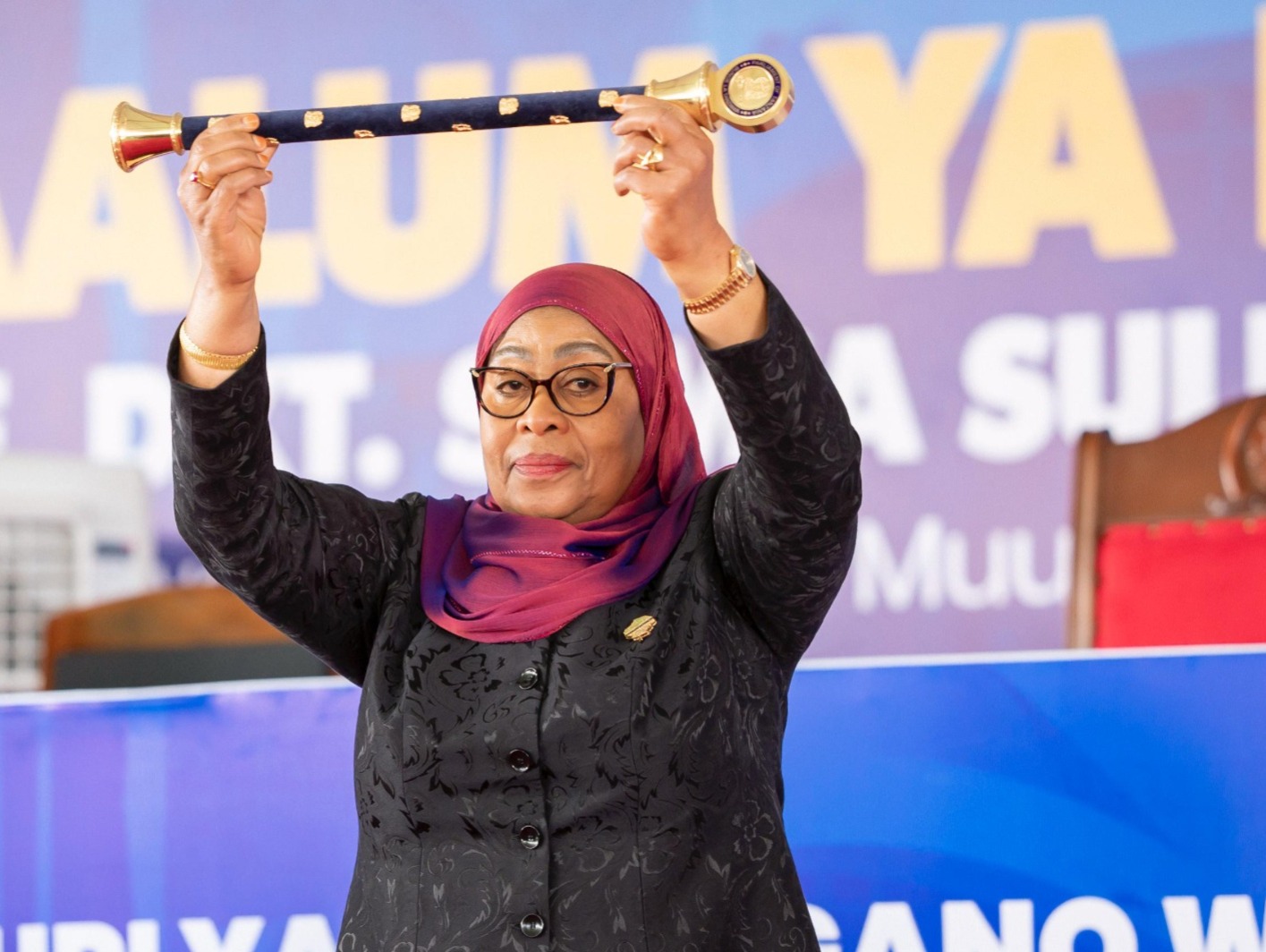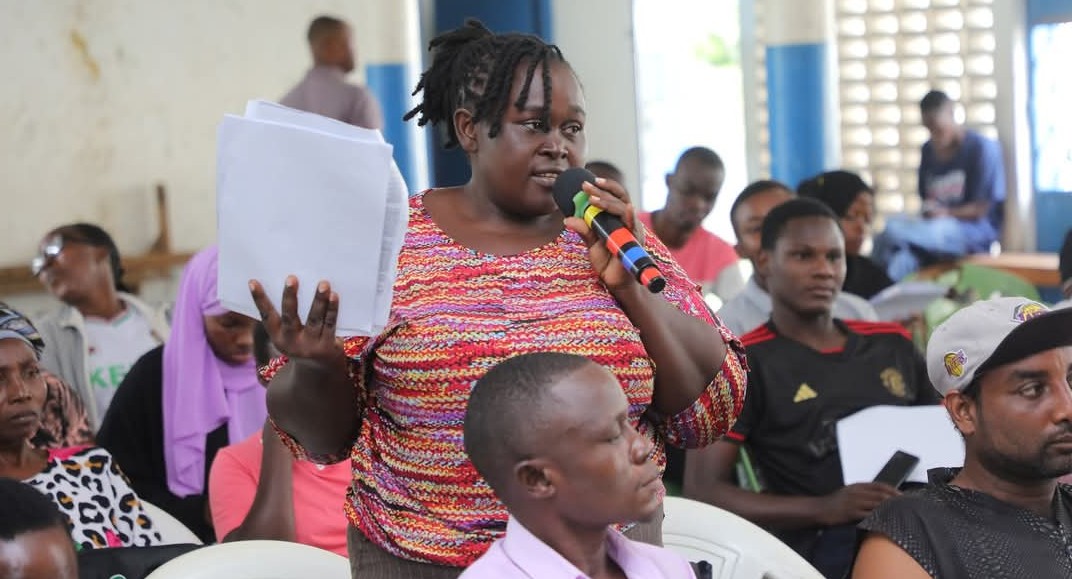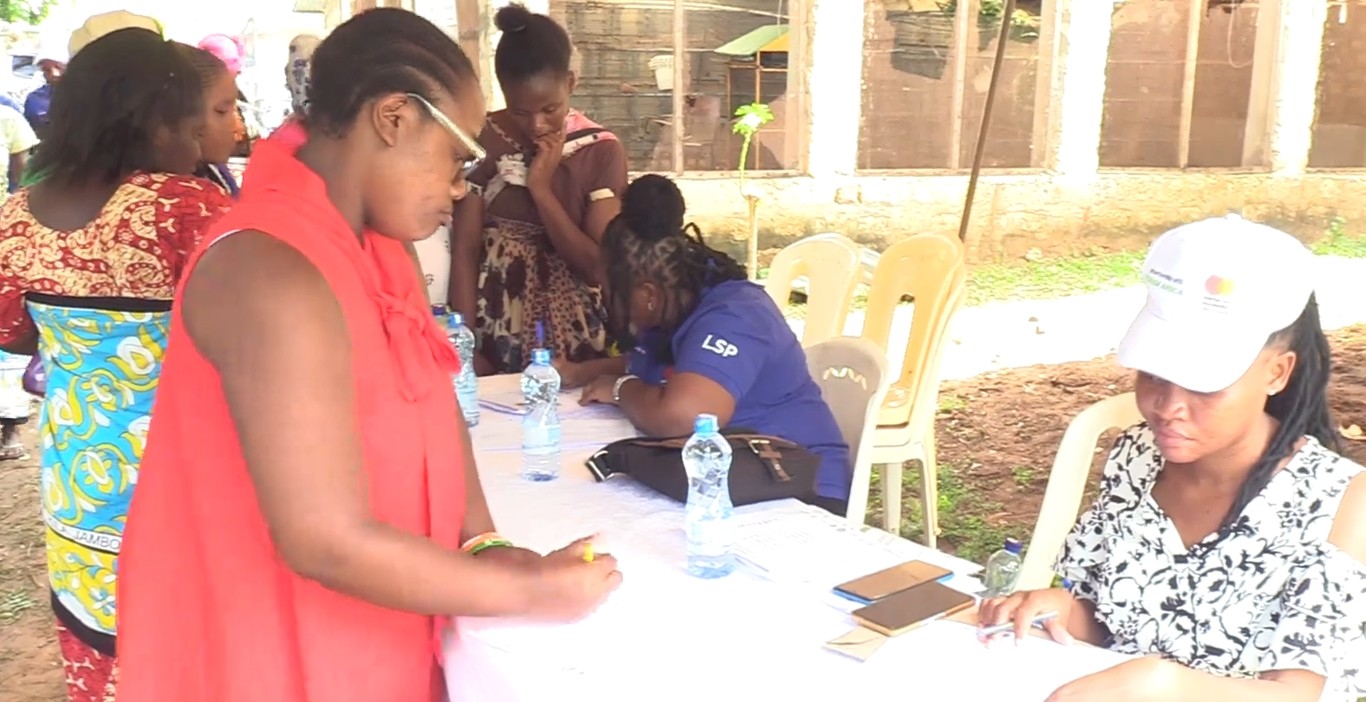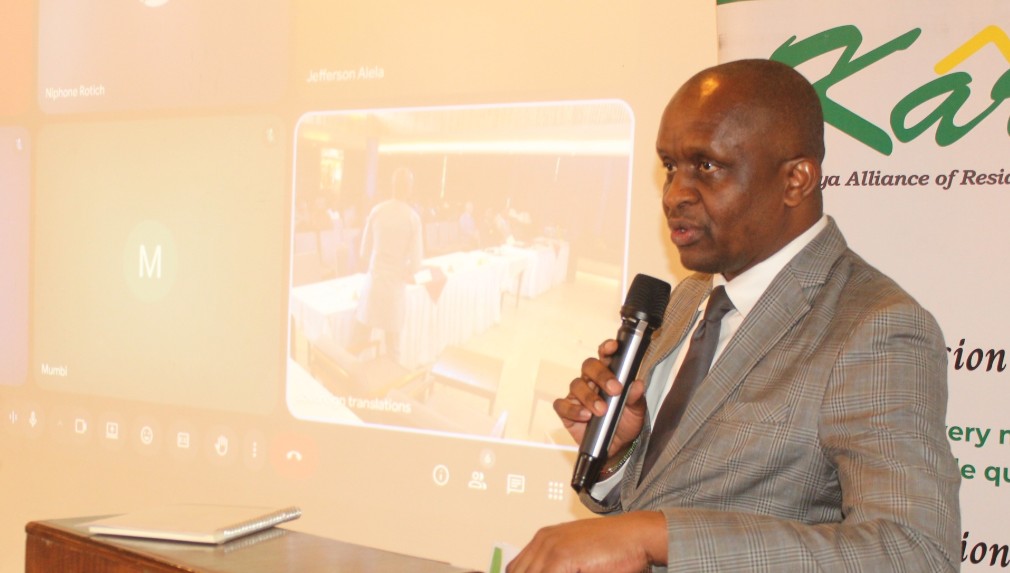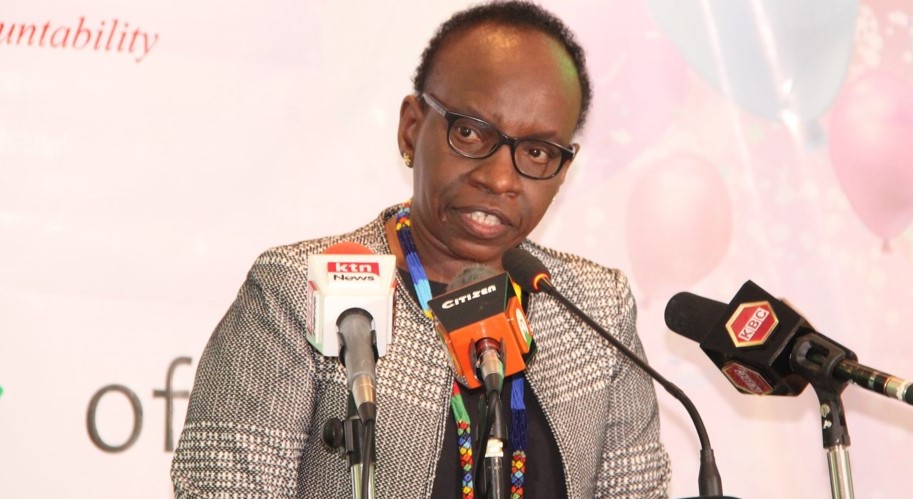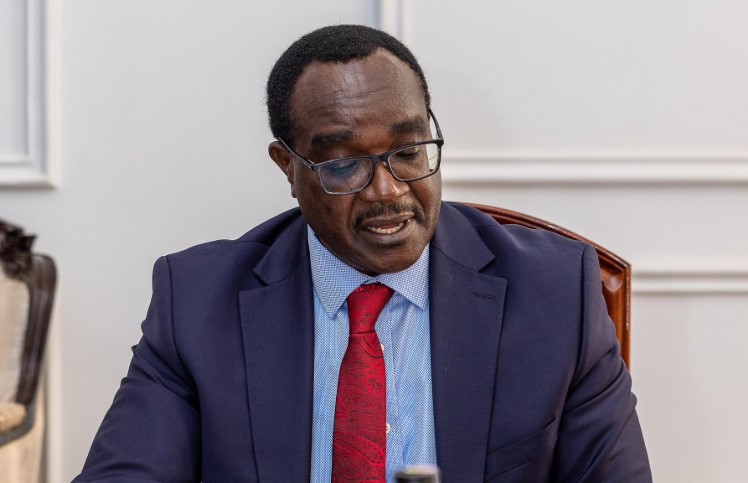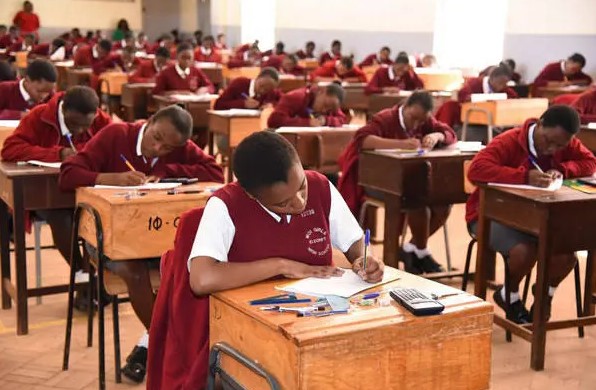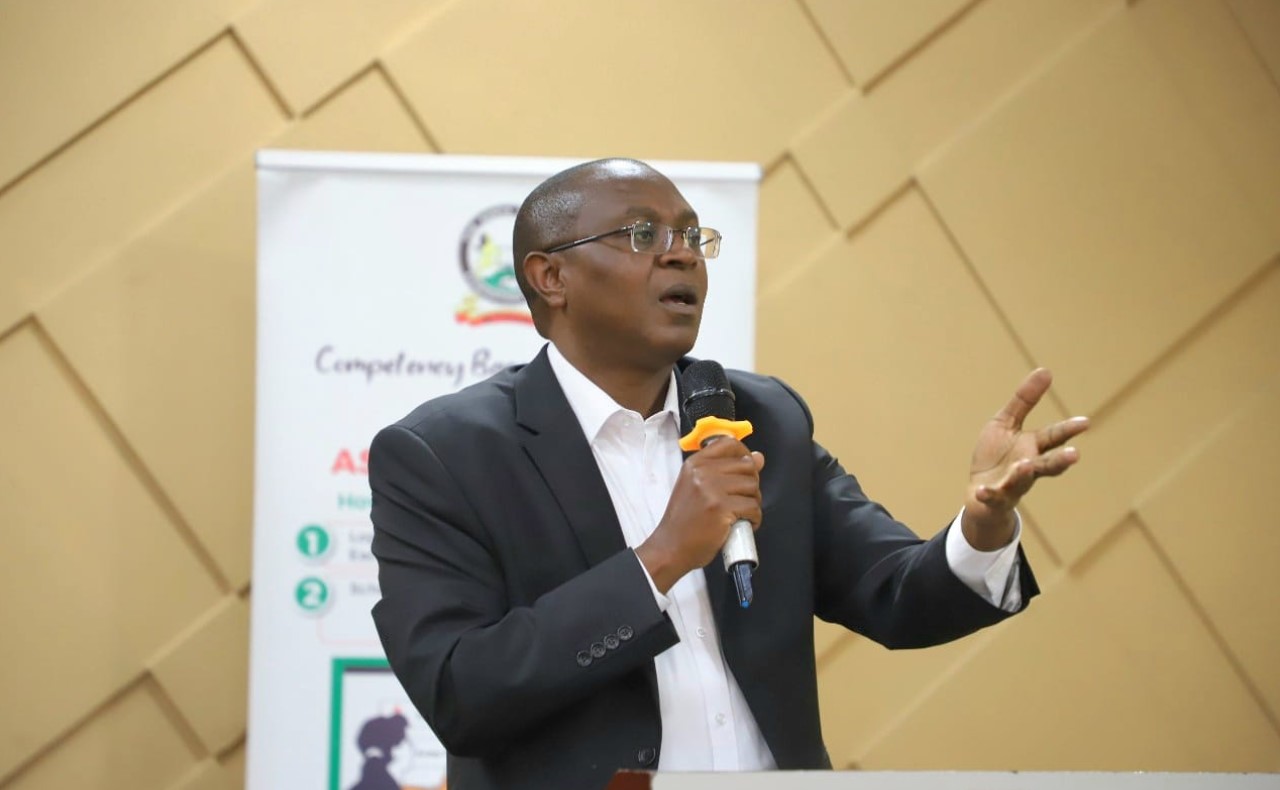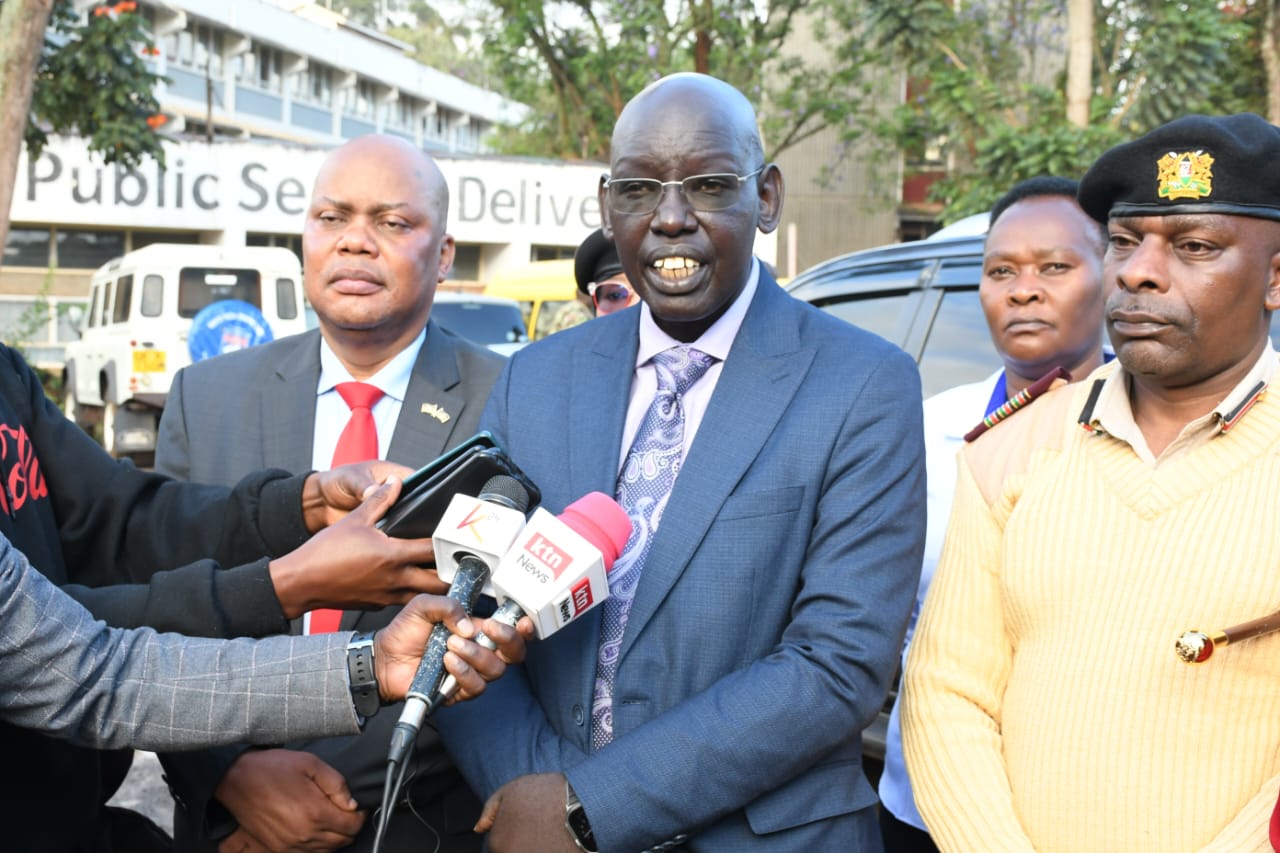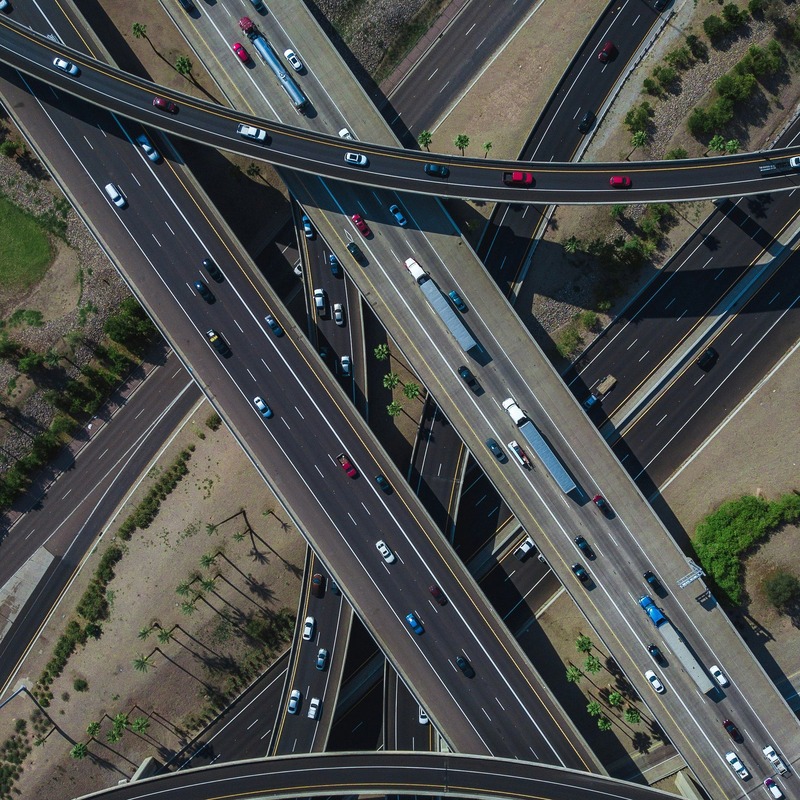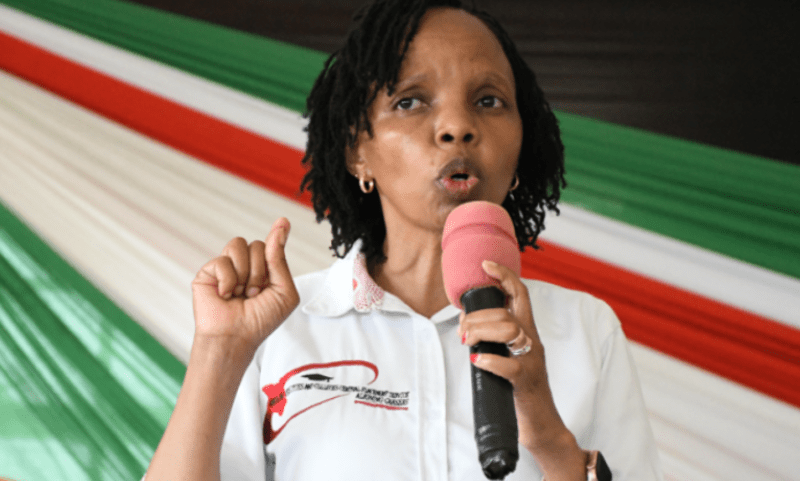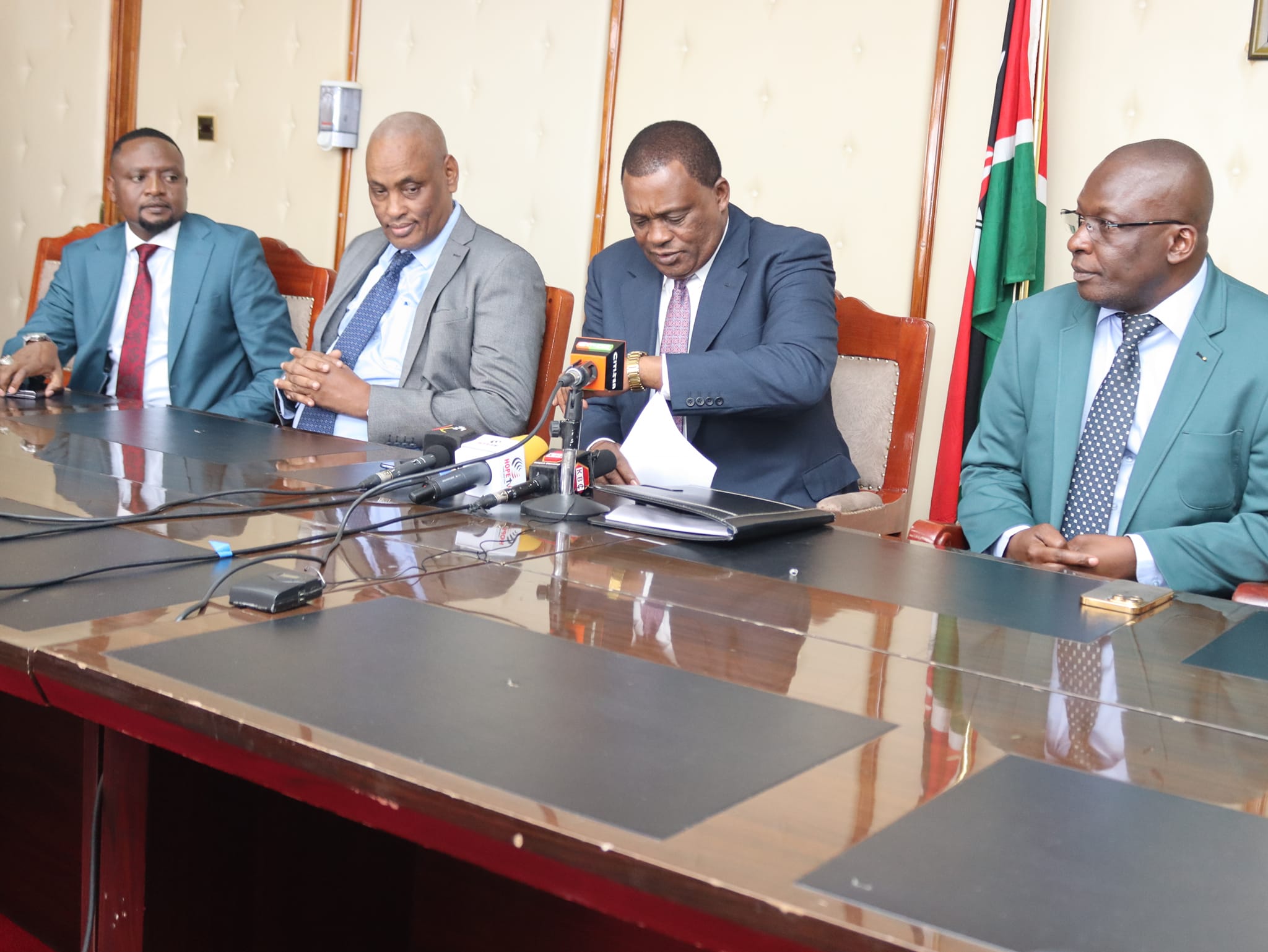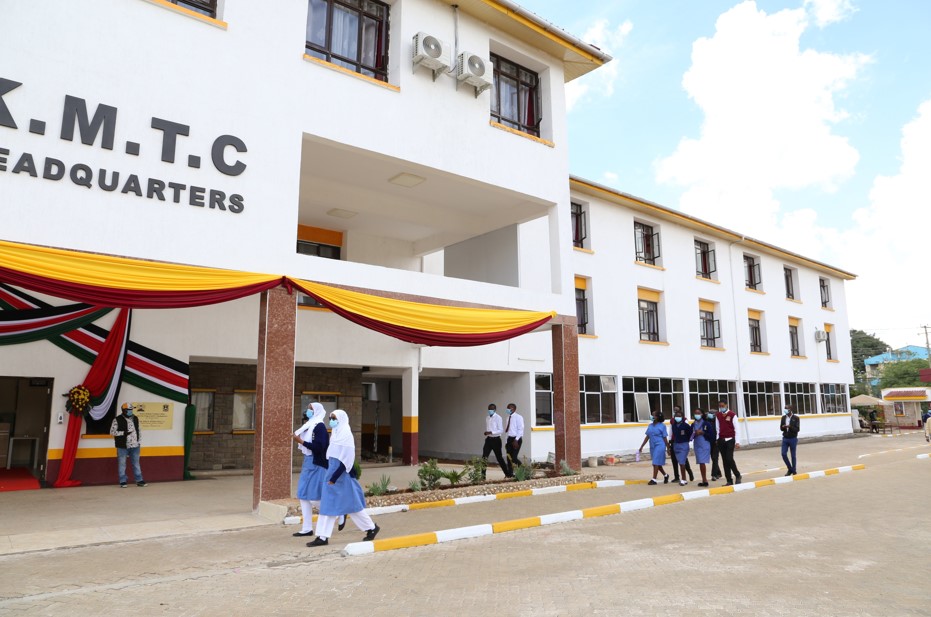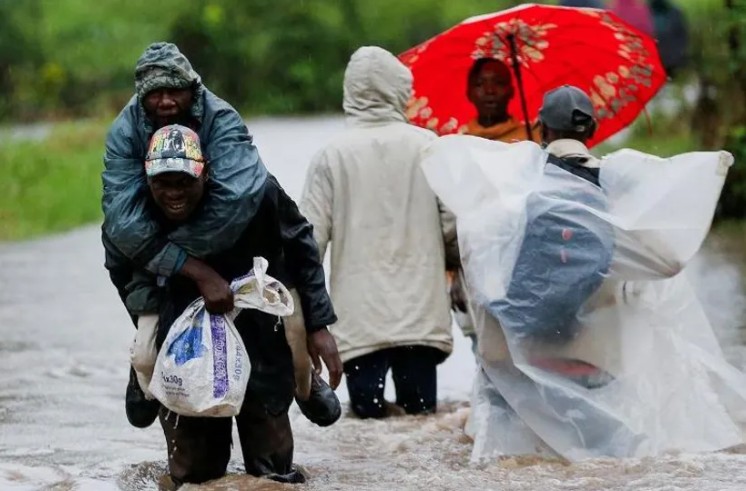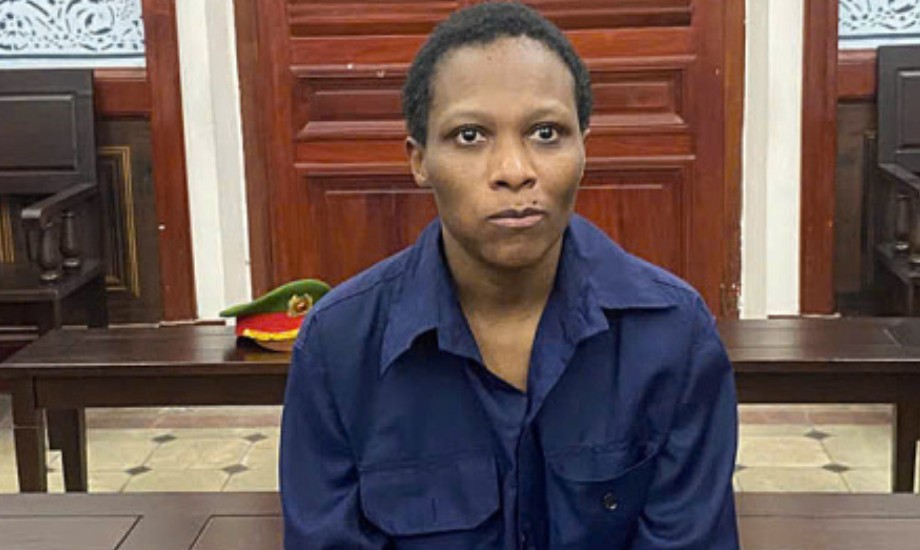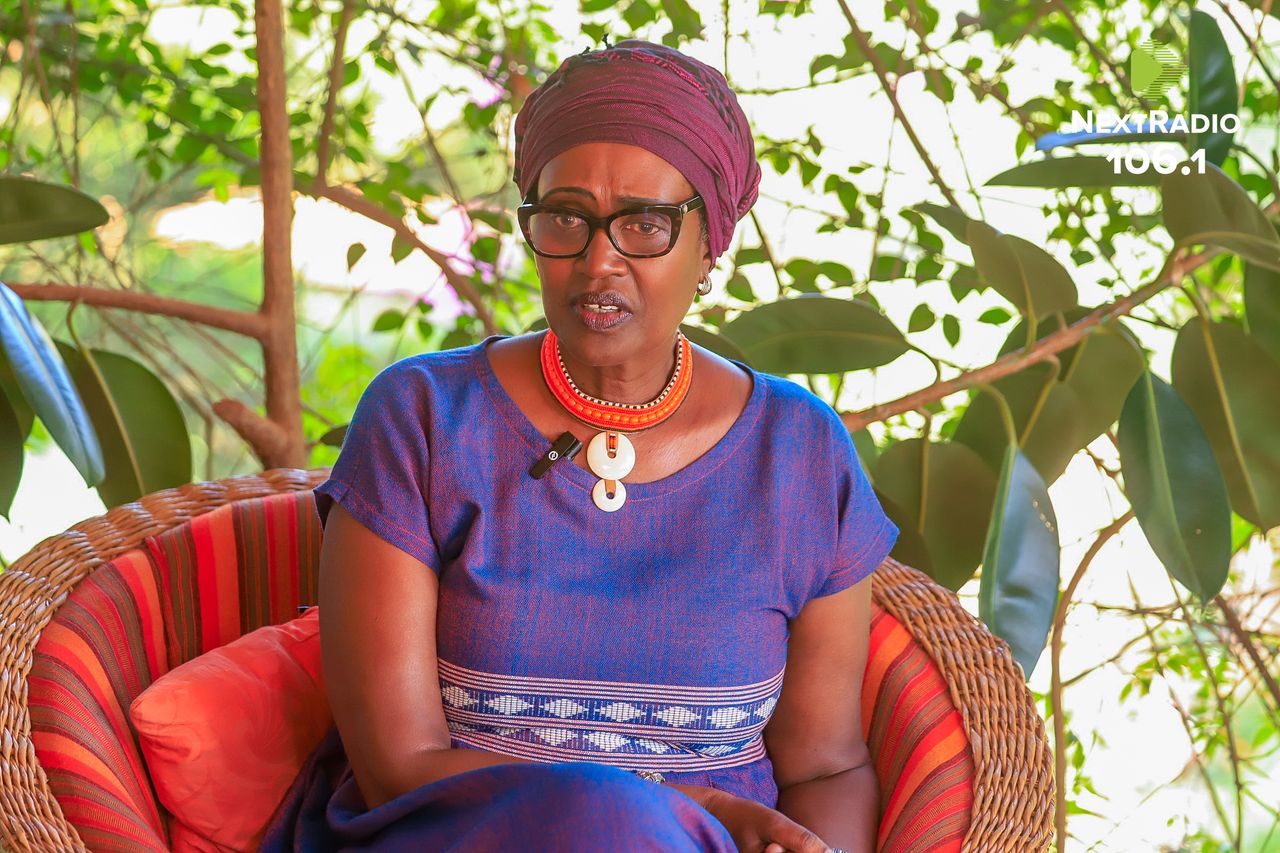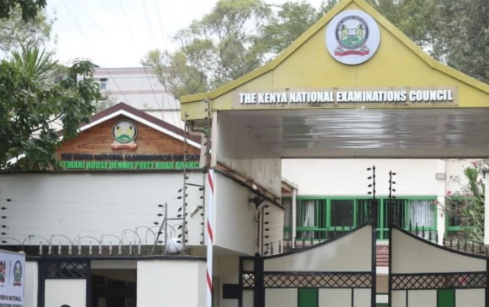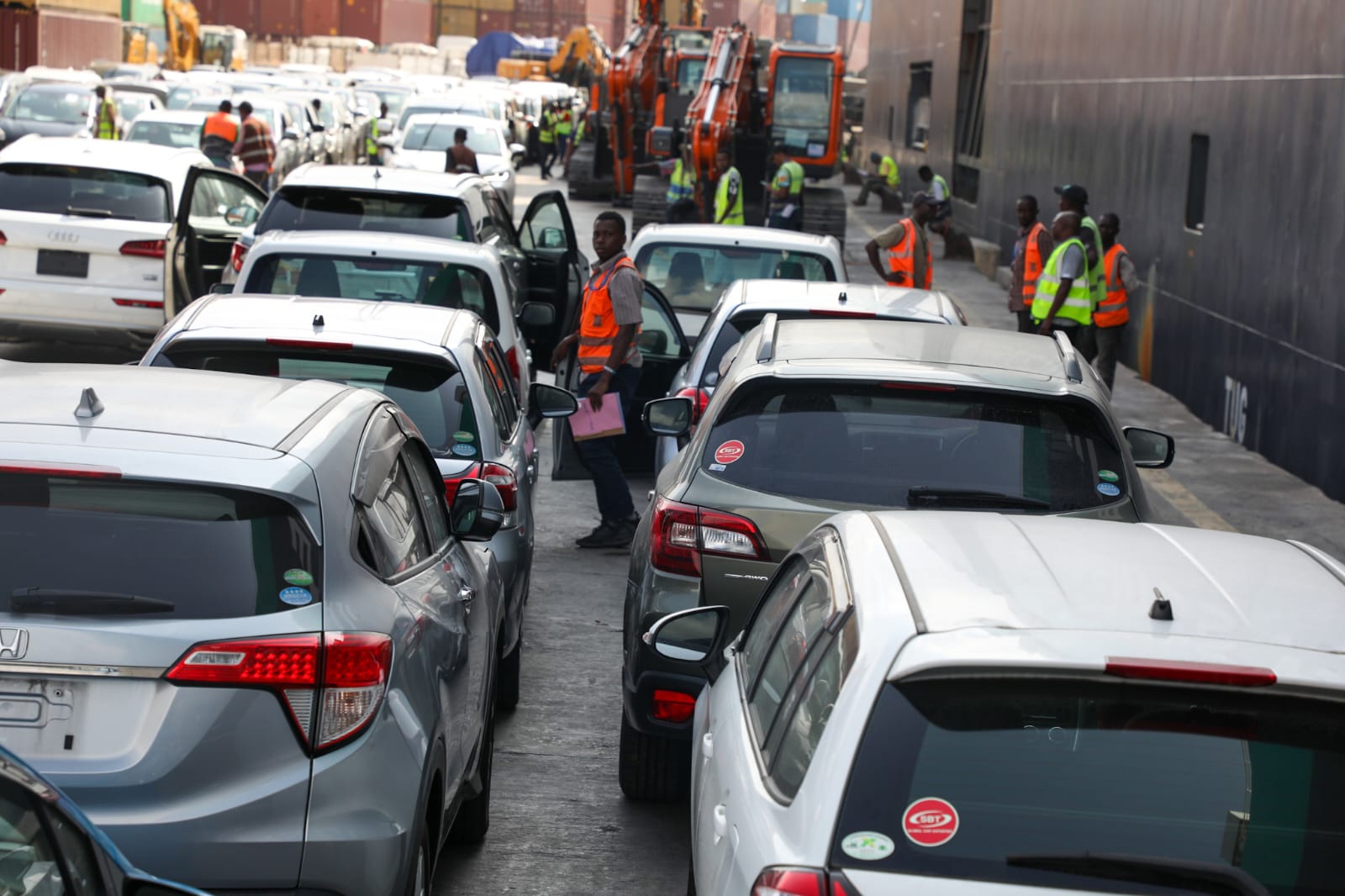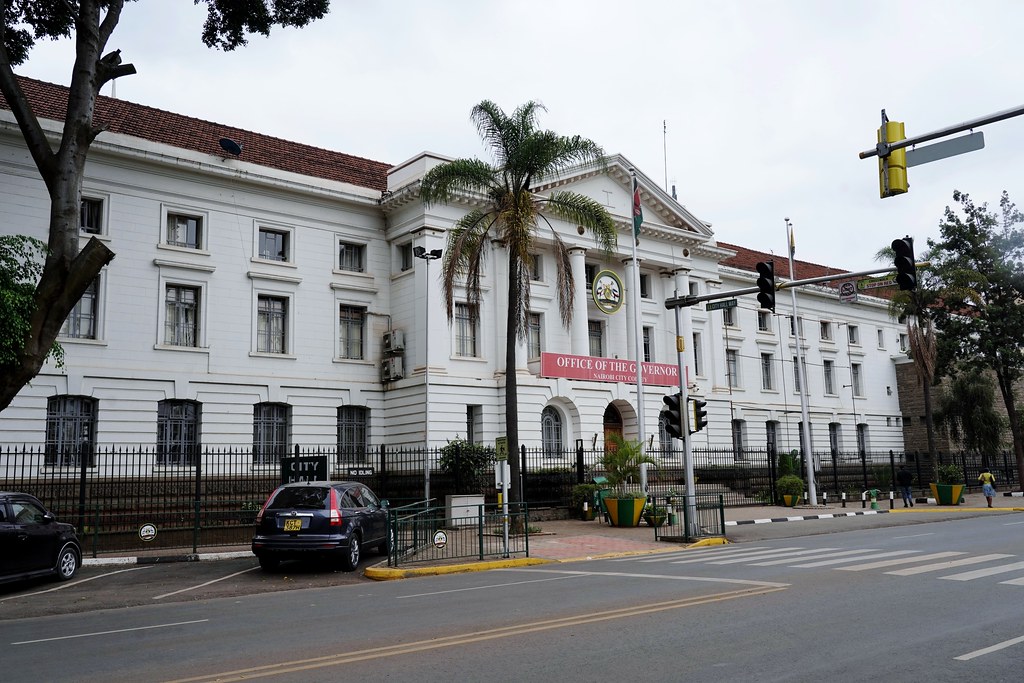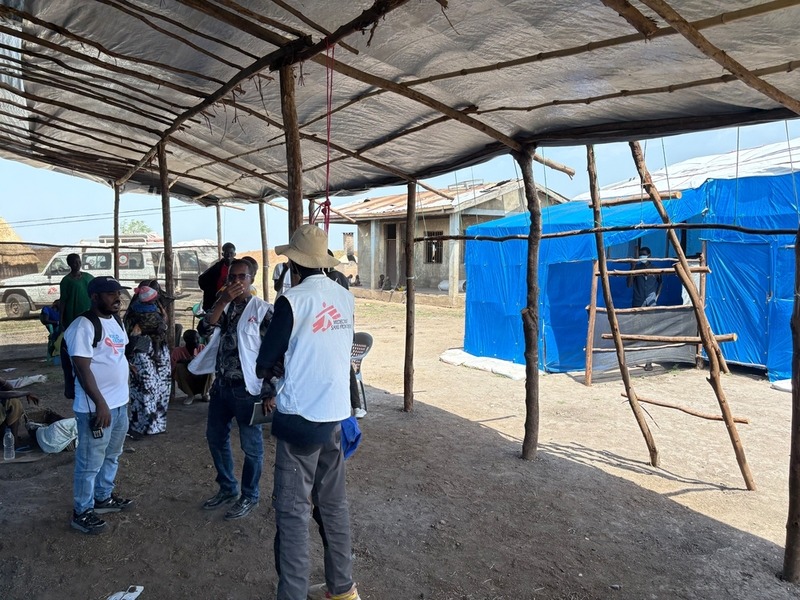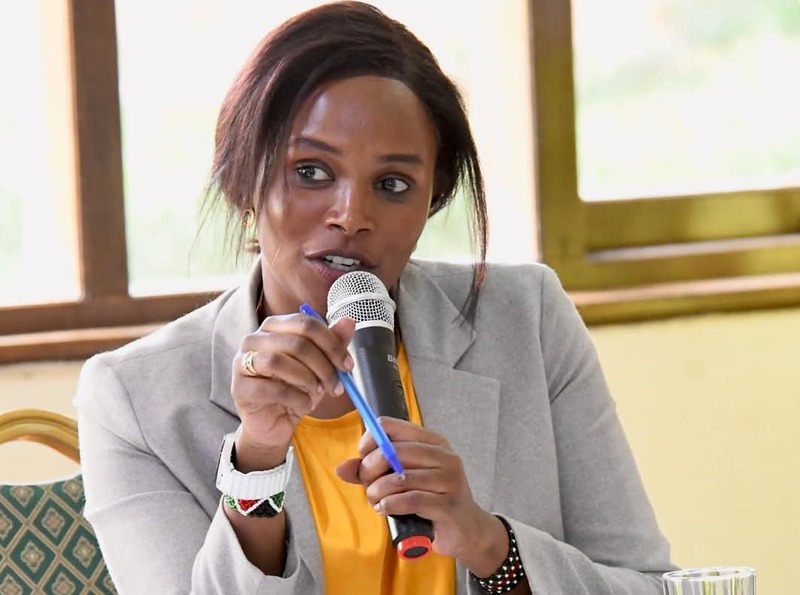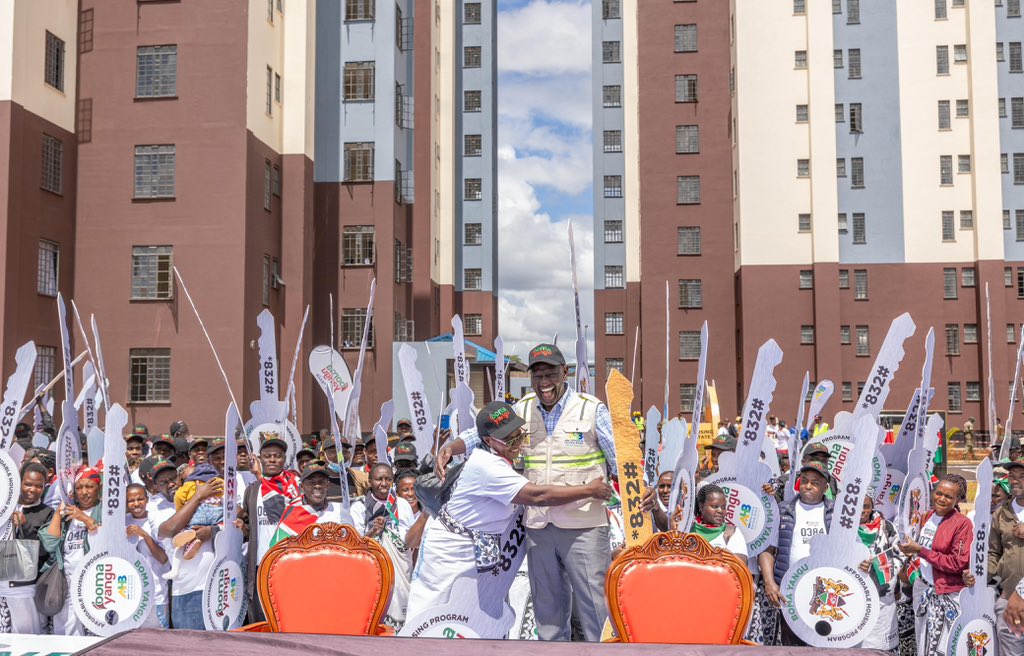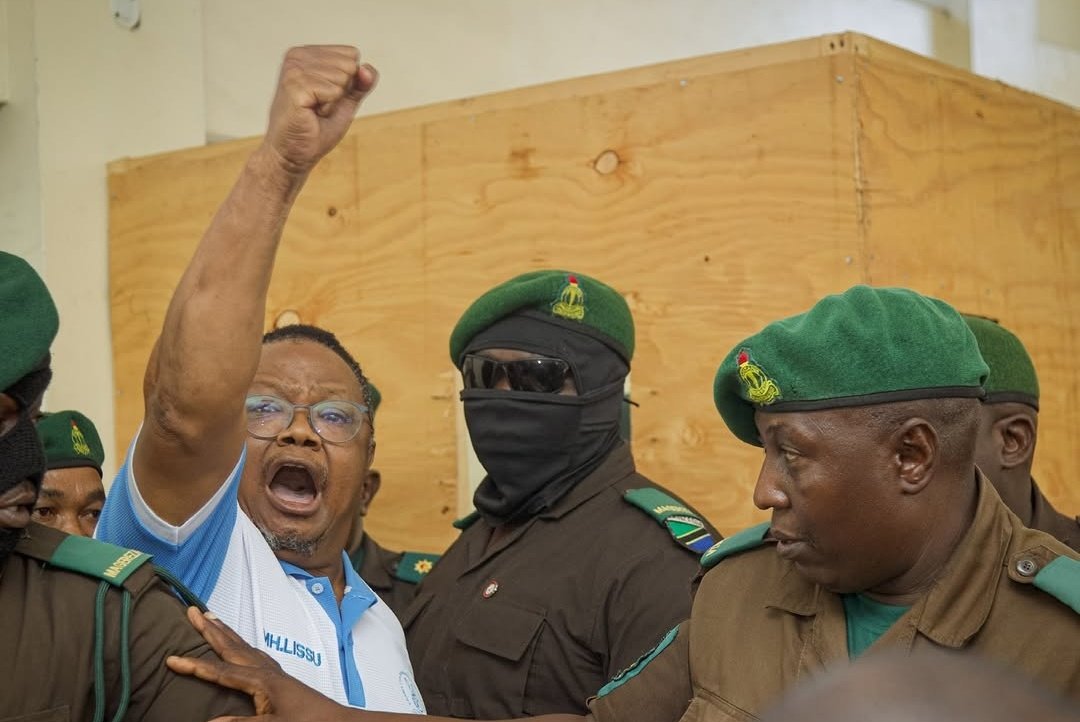How state plans to roll out the integration of refugees with host communities under Shirika Plan
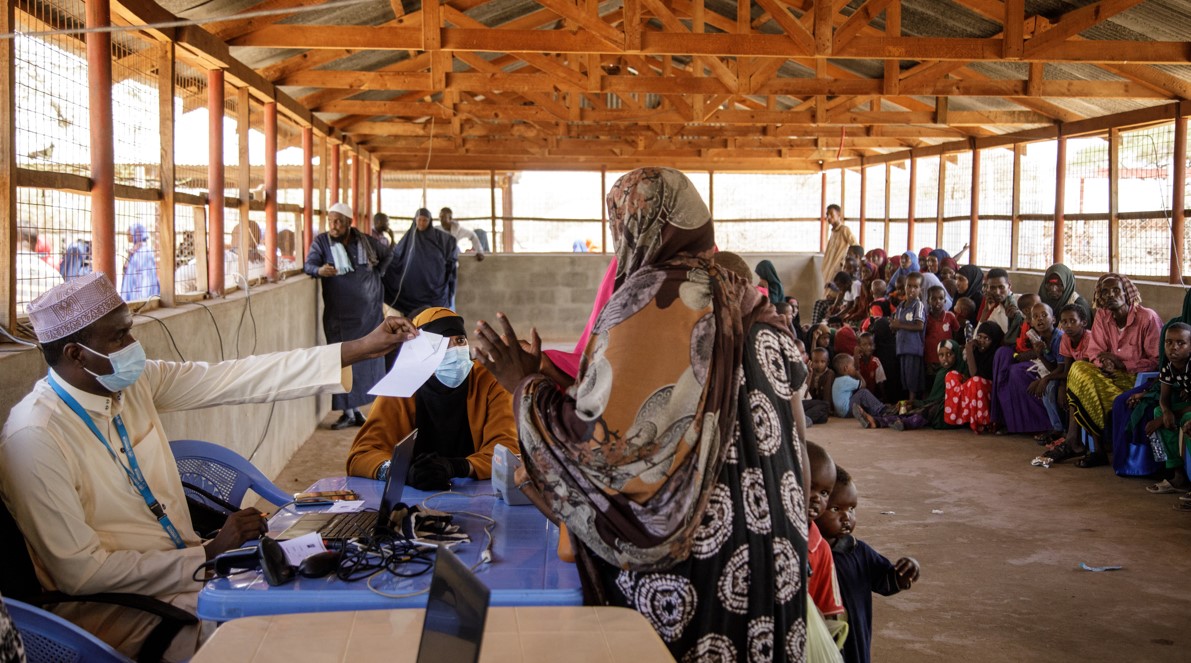
As of the end of February 2025, the total population of refugees and asylum seekers in Kenya was 836,907.
The government's plan to settle refugees and asylum seekers living in Kenya amongst their host communities in Garissa and Turkana counties officially kicked off three years ago when the Refugee Act (2021) came into effect, essentially introducing a shift in refugee management from past encampment policies.
Under the Act, the refugees get to enjoy similar privileges with Kenyans, such as the right to education and documentation that will facilitate their access to employment, banks, SIM cards, and business permits and be able to own property as they get meaningfully included in the country's socioeconomic ecosystem.
More To Read
- Kenya refugee camps face hunger crisis as WFP warns food aid could drop to 28pc
- Pregnant woman dies during food distribution stampede at Dadaab refugee camp
- Ruto assures Garissa, Turkana residents of support as state launches Shirika Plan
- Refugee's 10-year struggle with multiple health complications ends with successful surgery, baby delivery
- Shirika Plan inititive to integrate refugees into economy gets Cabinet nod
- Refugee crisis in Kiunga: Lamu County heightens medical surveillance to prevent disease outbreak
"This legal evolution reflects Kenya's changing refugee landscape from an open settlement approach before 1991 to a camp-based policy in the 1990s and now towards a more integrated settlement," the Shirika Plan states.
Another shift that will result from the Shirika plan is the long-held parallel provision of similar services by different humanitarian agencies, counties and the national government.
Under the new plan, the government hopes to end the duplication of aid support by harmonizing service delivery under a government-led model, with support from donors and partners for long-term sustainability.
The Department of Refugee Services will facilitate resource mobilisation and liaise with key stakeholders in its implementation and management.
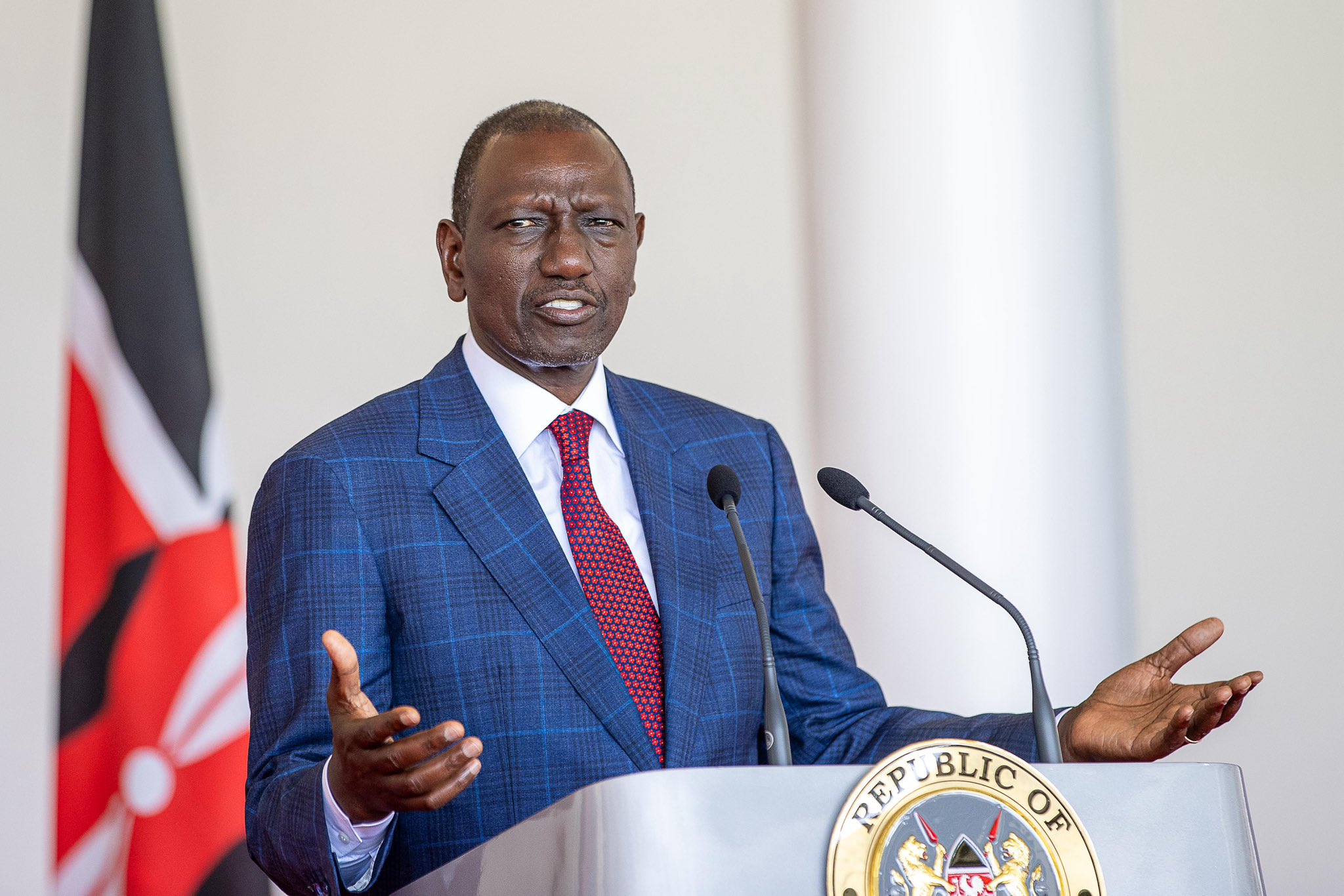 President William Ruto at State House, Nairobi during the launch of the Shirika Plan on March 28, 2025. (Photo: PCS)
President William Ruto at State House, Nairobi during the launch of the Shirika Plan on March 28, 2025. (Photo: PCS)
It will also be responsible for overseeing the establishment of a government owned integrated refugee management system that enables easy differentiation of host communities and refugees.
As of the end of February 2025, the total population of refugees and asylum seekers in Kenya was 836,907. Dadaab refugee camp hosts 423,674, and Kakuma refugee camp hosts 302,372. Urban areas of Nairobi, Mombasa, Eldoret and Nakuru host 110,861 refugees.
Out of these, around 158,000 refugee learners had been enrolled in 107 schools for their basic learning as of February this year.
An increasing number of refugee learners are accessing public and private education outside the camps, with 30,000 learners enrolled in public schools integrated into national programmes.
However, only three percent of refugee learners have access to higher Education, including TVETs and university opportunities through scholarships.
The Shirika plan seeks to liaise with the Ministry of Education to establish a coordination desk at the Ministry for refugee inclusion and to strengthen the institutional capacity of the ministry's officers to manage and support refugee institutions and have all refugee learners register in the Kenya Education Management Information System (KEMIS).
Health services
In a bid to ensure adequate access to health services, the plan seeks to adequately resource and expand the existing health facilities in the two counties as well as enroll refugees and host communities into the Social Health Insurance Fund (SHIF). Already, 70,000 have been enrolled on the Social Health Authority (SHA),
Regarding housing and infrastructure, the plan notes that the two host countries have been experiencing a high rate of urbanisation, necessitating the need to meet the growing needs of urban dwellers through existing spatial planning and infrastructure development.
Garissa County is characterised by a significant population growth as a result of devolution and the influx of refugees that have boosted the urban population in Fafi and Dadaab sub counties.
At the same time, the refugee camps in the county have evolved into urban spaces, necessitating the need for the expansion of socioeconomic infrastructure.
Despite this growth, the roads linking the refugee camps to major towns remain in poor condition, with the main Garissa -Dadaab-Liboi trunk road only accessible in the dry season.
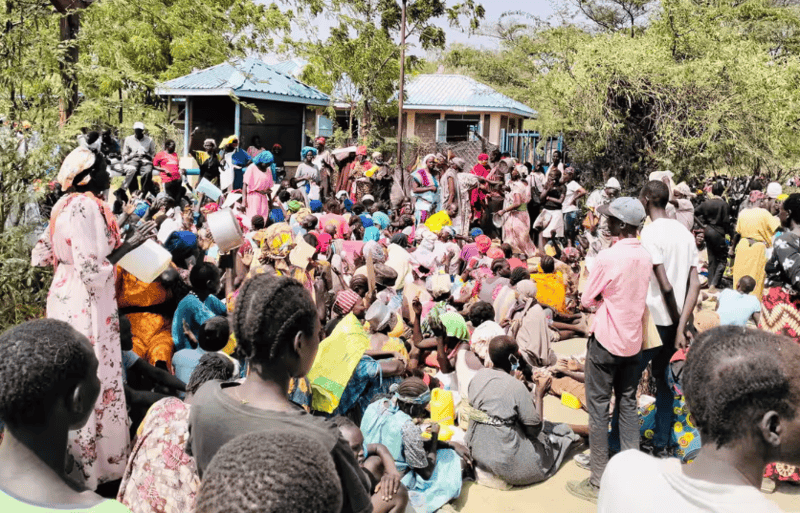 Refugees protest at the UNHCR office in Kakuma camp after food rations were cut by a quarter. They are now less than half of what they were. (Photo: Kakuma News Reflector)
Refugees protest at the UNHCR office in Kakuma camp after food rations were cut by a quarter. They are now less than half of what they were. (Photo: Kakuma News Reflector)
"This lack of viable infrastructure hampers the area's connectivity to market centers, limiting its economic potential," the plan shows.
Similarly, Turkana County is also on an upward trend of significant urban development, which is driven by spatial growth, new investment opportunities, including the LAPSSET project, and the reclassification of Lodwar and Kakuma as municipalities.
With approximately 3,000 new arrivals seeking asylum in Kakuma monthly, Kakuma refugee camp is now congested, with limited space to accommodate new arrivals.
The model Kalobeyei settlement, too, has surpassed its maximum capacity according to the spatial plan.
The shirika plan seeks to coordinate efforts to secure new spaces for hosting these refugees under a settlement approach.
Water shortages
In terms of water and sanitation, the two counties currently face significant water shortages, especially during the dry season therefore, more efforts will be needed to ensure adequate provision of the essential commodity.
The document notes that the Dadaab Refugee Operation relies on the Merti aquifer, with 28 operational boreholes supplying water to over 370,404 individuals.
The average daily per capita water within the camps is 21 liters. Currently, water service operations within the camps are managed by the UN refugee agency (UNHCR), with local market committees running boreholes and automated water collection points.
At the same time, the proportion of the population using pit latrines in Garissa County remains below 50 percent, with most households sharing latrines or resorting to open defecation.
In the neighboring Turkana county, only 48.2 percent of households in have access to safe drinking water, most people in Turkana West obtain their water from various sources, including unprotected dug wells (43 percent), piped schemes (13.8 percent), boreholes (18 percent), water kiosks (8 percent), and surface water (14.7 percent).
In Kakuma town, water service coverage is 36.4 percent, with 63.6 percent of the population not adequately served.
Here, only 23.4 percent have access to improved sanitation.
"The Shirika Plan seeks to ensure an integrated water, sanitation, and hygiene (WASH) service delivery system in refugees and settlements. The plan prioritises the operationalisation and strengthening of water companies and supporting community water management structures for host and refugee communities. These interventions support access to water for household and agricultural purposes among refugees and host communities, including schools, markets, and other shared facilities," the plan shows.
At the same time, the plan notes that the refugee-hosting areas are still not connected to the national electricity power grid, a major challenge to socioeconomic development among host communities and refugees and a cause for security concerns.
The plan hopes to solve this through promoting the adoption of safe renewable energy technologies that minimize waste, reduce environmental and indoor pollution, and are accessible to impoverished households in refugee and host communities.
The plan also notes that security agencies will also be tasked with ensuring that infiltration of criminal and terror elements within the integrated settlements is prevented.
Other social protection mechanisms that will be implemented under the plan include an extension of social health protection and maternity cash benefits to refugees and host communities, integration of informal refugee workers into the NSSF (Haba Haba) plan, and the implementation of a pilot cash transfer scheme for older persons aligned with the Government's 70+ Inua Jamii National Safety Net Program (NSNP) among others.
While a good number of the steps have already been taken, the government has phased out the entire implementation plan up to 2036 to complete the entire settlement programme, with the first phase that caters to the regulatory and policy frameworks needed for the plan's smooth implementation running for four years.
Top Stories Today
